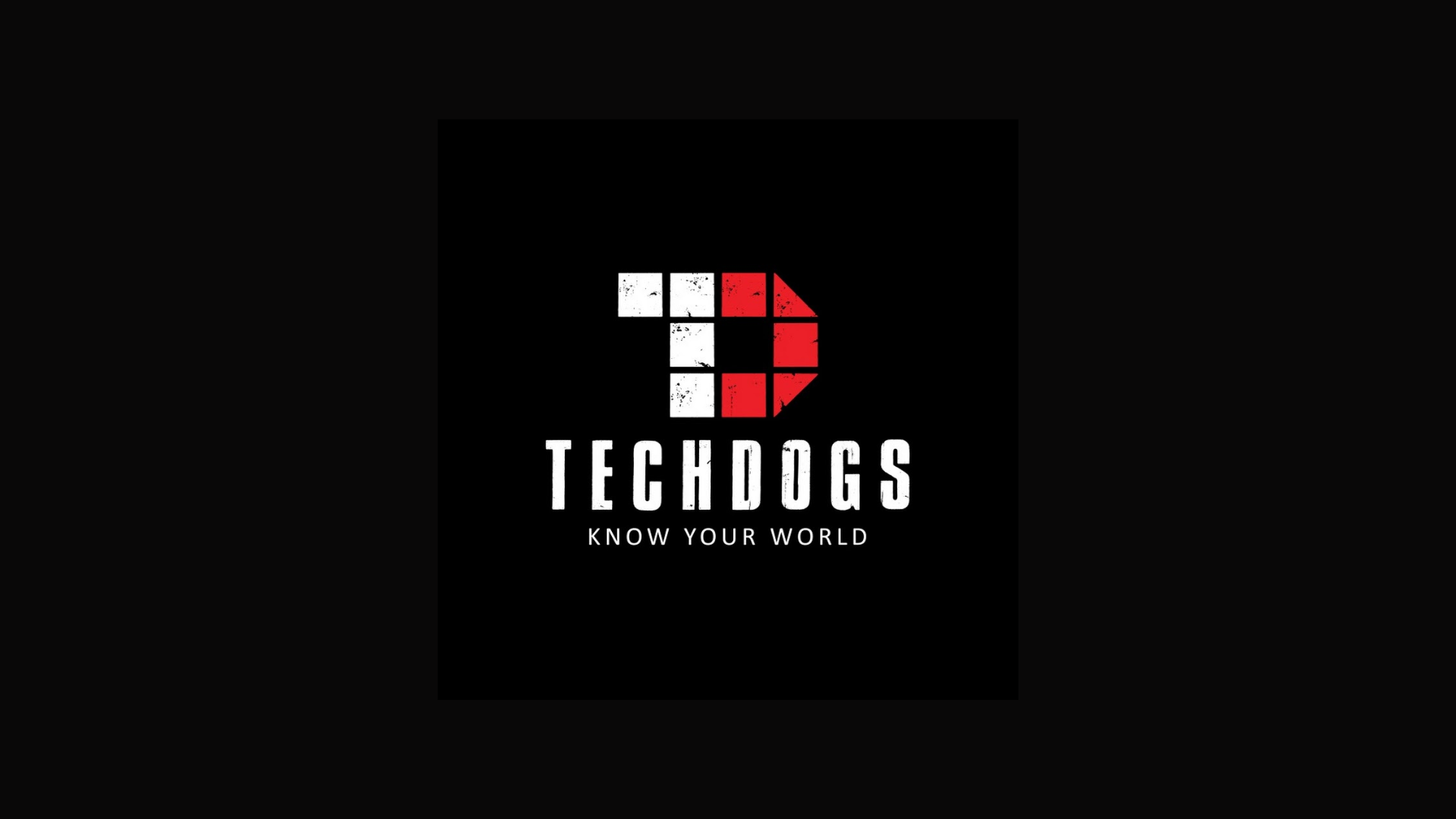What interested me most, however, was the split in usership and adoption between in-house and agency PR people. More practitioners that work in-house, especially in private companies (53%), are using AI tools ‘on a daily basis’ or ‘often,’ compared to 44% of agency people. My assumption has been that agencies have more freedom to experiment with GenAI tools, especially for their own benefit, than their clients, many of whom are restricted by usage policies. Unsurprisingly, 74% of in-house private organisations have a workplace AI policy in place compared to 52% of agencies.
At CCGroup we are certainly keen to share our experiences of integrating GenAI tools into our own workflows with our clients. We are still very much CCG-centric in our use of the technology (although we still have a usage policy), but it’s always surprising how much you can learn by sharing your frustrations and surprises with groups of people minded to try and achieve the same things. We’re also fortunate that some of our clients are very AI savvy, so bringing them in can only make us stronger.
Last week I hosted a webinar for our clients. I was joined by Andrew Bruce Smith from Escherman. We provided an update on the latest AI developments and reflected on what many of them can realistically achieve in an agency environment. Interest in the webinar was strong, as was attendance. Transparency is a good thing when navigating the opportunities and challenges that GenAI tools present.
This is especially true because a story also emerged a week or so ago in Campaign magazine, which I picked up from PRWeek, which highlighted that 80% brands are worried about how their agencies are using AI. More than half plan to amend their contracts to insert clear usage policies for their agencies to follow. This is entirely understandable and makes sense. The usual adage of fearing what you don’t understand certainly applies here. All the more reason for agencies to get on the front foot to reassure clients that they’re on top of the technology, know its limitations and can prove it can be used usefully and responsibly.















